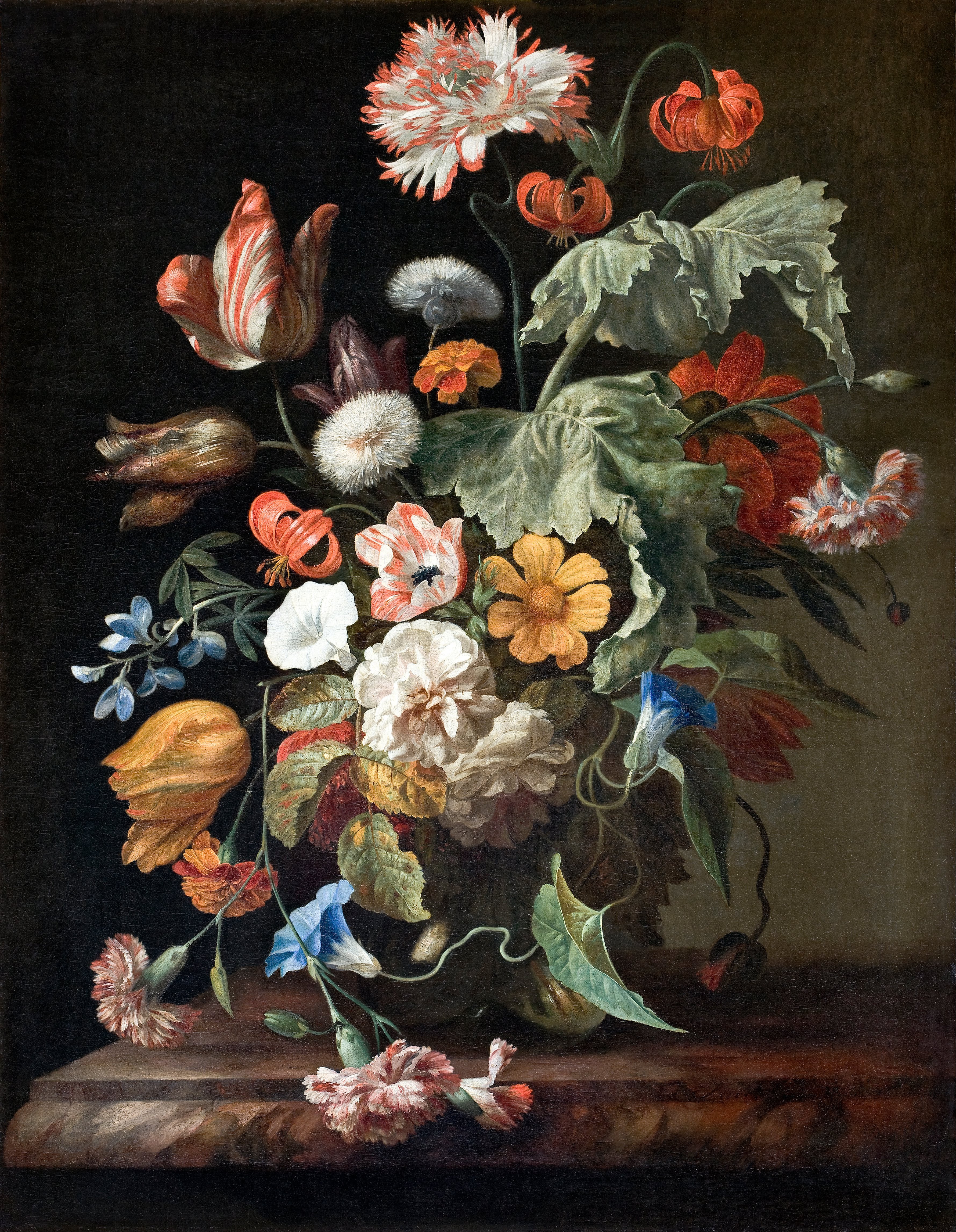
How Dangerous Is The Tulip Breaking Virus?

Today's #TulipFact: Although undeniably beautiful, Broken Tulips are illegal in the Netherlands due to fears that the 'breaking virus' that causes them will spread to other flowers.
It is without question that the Dutch, who produce 60 percent of Tulip export today, and devote a similar portion of the country's available land to agriculture, have a lot to lose if the Tulip industry takes a hit. While most nations can afford to, frankly, not think about it - the Dutch don't have that luxury!
But what danger does the Tulip Breaking Virus pose? Well, there are several key components:
- Spreads via insects: Like many other plant viruses, the breaking virus is spread by Aphids and other sucking insects. As most gardeners know, these can be very difficult to get rid of, and strong pesticides are expensive and can cause harm to the flowers. The virus can infect both Tulips as well as Lilies.
- Is difficult to detect: More dangerous than how they spread, however, is that there are no visible signs of the breaking virus until the Tulips bloom. In your garden, if you see a broken Tulip, the recommendation is to dig it out and remove it. However, sometimes it is simply too late. If the virus were to reach the fields of Keukenhof, it could potentially spread to a large number of flowers before being detected.
- Weakens the flower and bulb: We've written before about how the legendary Semper Augustus is now extinct, and this is the reason. The breaking virus typically stunts growth and development, and next to unbroken Tulips the flower will be visibly smaller and weaker. More insidious, however, is that it weakens the bulb and bulb offshoots needed to reproduce. With each successive generation, the bulbs get weaker and weaker, until they are unable to flower and the genetic breed dies off.
- Changes the flower into something new: This part is key to the Dutch trade - if you have a field of 'Queen of Night' and they suddenly end up broken, it means they will look very different, and so will any new bulbs bred from them. In an industry that thrives on unique and interesting breeds to suit all tastes, this is a frightening prospect!
In a country like the Netherlands that thrives on a healthy bulb industry, this is simply too much danger to accept, and so these beautiful flowers are banned, and even outright shunned by Dutch growers, who upon seeing a broken Tulip immediately consider it garbage (and a threat!). Further, it is recommended that should you encounter a broken Tulip in your garden, it be immediately removed to prevent risk of spreading.
Even so, the virus is only somewhat understood even today. Several breeds, such as the Zomerschoon and Absalon, have existed since 1620 and 1780, respectively, despite being true broken Tulips afflicted with the virus. Perhaps one day we will be able to truly understand the science behind its effects, and find a way to realize the best of both worlds.
Broken Tulip image courtesy of Takao Inoue.

